Summary | Excerpt | Reading Guide | Discuss | Reviews | Beyond the book | Read-Alikes | Genres & Themes | Author Bio
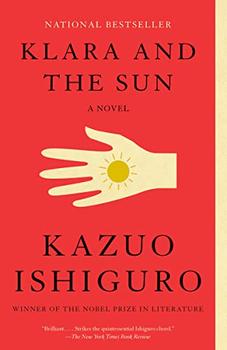
Critics' Opinion:
Readers' Opinion:
First Published:
Mar 2021, 320 pages
Paperback:
Mar 2022, 320 pages
 Book Reviewed by:
Book Reviewed by:
Elspeth Drayton
Buy This Book
Klara and the Sun is a magnificent novel from the Nobel laureate Kazuo Ishiguro--author of Never Let Me Go and the Booker Prize-winning The Remains of the Day.
Klara and the Sun, the first novel by Kazuo Ishiguro since he was awarded the Nobel Prize in Literature, tells the story of Klara, an Artificial Friend with outstanding observational qualities, who, from her place in the store, watches carefully the behavior of those who come in to browse, and of those who pass on the street outside. She remains hopeful that a customer will soon choose her.
Klara and the Sun is a thrilling book that offers a look at our changing world through the eyes of an unforgettable narrator, and one that explores the fundamental question: what does it mean to love?
In its award citation in 2017, the Nobel committee described Ishiguro's books as "novels of great emotional force" and said he has "uncovered the abyss beneath our illusory sense of connection with the world."
Excerpt
Klara and the Sun
When we were new, Rosa and I were mid-store, on the magazines table side, and could see through more than half of the window. So we were able to watch the outside – the office workers hurrying by, the taxis, the runners, the tourists, Beggar Man and his dog, the lower part of the RPO Building. Once we were more settled, Manager allowed us to walk up to the front until we were right behind the window display, and then we could see how tall the RPO Building was. And if we were there at just the right time, we would see the Sun on his journey, crossing between the building tops from our side over to the RPO Building side.
When I was lucky enough to see him like that, I'd lean my face forward to take in as much of his nourishment as I could, and if Rosa was with me, I'd tell her to do the same. After a minute or two, we'd have to return to our positions, and when we were new, we used to worry that because we often couldn't see the Sun from mid-store, we'd ...
Here are some of the comments posted about Klara and the Sun.
You can see the full discussion here.
Based on what we learn from the conversations among Helen, Chrissie, Paul, and Rick about the choices parents make for their children in Klara’s world, how might that have affected Josie's condition?
Not knowing what the risks of gene editting could be, how could a parent not feel responsible for the negative outcomes. I think there was a lot of pressure on parents to do the uplifting of their children...
Parents without the means or ... - somanybooks...
Consider some of the ways that the characters in the book socialize. How did you interpret the tone and atmosphere of these moments of connection between humans?
The previous posts all made very good points. Few human interactions appeared meaningful. Aside from the teenagers, it appears to me that people experienced a difficult time adjusting to the new reality of significant AI presence and genetic ... - mceacd
Discuss the scene at the diner with Helen, Rick, and Vance.
I agree with the other respondents. It was one of the most uncomfortable scenes in the book. Vance had been poorly treated by Helen and knew he was being used. His anger was understandable. However, he should have listened to Rick and saved his ... - loisk
Do you think the natural setting of Morgan's Falls helps the Mother to reveal some of her vulnerabilities and fears? Why do you think she makes the choices she does for her daughter?
Absolutely! Nature has a way of revealing the vulnerabilities of people. The morning after tent camping certainly reveals the "authentic self." The day began with strained conversations between Mother and Josie. It was Sunday, and ... - robinsb
Does the term "Artificial Friend" resonate at all with you? What's the difference in the level of interaction between children and their "artificial" versus their real/human friends?
The term "Artificial Friend" didn't concern me. I agree with Shan's comments regarding the many toys that young children have today that become their friends. The AFs in this story are just an "enhancement" to that. &... - loisk
While the uneasy mood of Klara and the Sun is partly due to blatant parallels to today's world, it also results from the novel's somewhat traditional depiction of the relationship between humans and AI. On this front, Ishiguro's work does not break any new ground; the tensions present in many other stories are implicit here, too. Yet despite drawing on previously explored themes, Ishiguro is generally able to avoid falling into cliché. This is partly because of the emphasis the author places on faith. AFs are solar powered, and exercise a sort of belief in the sun that resembles religious worship, largely stemming from it being their source of energy. Klara views the sun as an omnipotent force capable of healing humans and AFs alike. This allows for a degree of spirituality not often seen in stories about AI, and imbues Klara's experiences and outlook with a very human inclination...continued
Full Review
(736 words)
This review is available to non-members for a limited time. For full access,
become a member today.
(Reviewed by Elspeth Drayton).
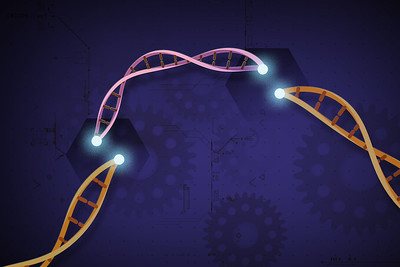 One of the central mysteries in Kazuo Ishiguro's novel Klara and the Sun surrounds the question of how some children are "lifted" and others are not. Seemingly benefiting from a class-based or other means-based differentiation, those who are lifted have access to higher-quality education and additional advantages. Precisely how some children are lifted is never entirely clear, though it is implied early on that medical or scientific intervention is involved, and some type of gene editing seems to be a likely explanation.
One of the central mysteries in Kazuo Ishiguro's novel Klara and the Sun surrounds the question of how some children are "lifted" and others are not. Seemingly benefiting from a class-based or other means-based differentiation, those who are lifted have access to higher-quality education and additional advantages. Precisely how some children are lifted is never entirely clear, though it is implied early on that medical or scientific intervention is involved, and some type of gene editing seems to be a likely explanation.
There are several forms of genome editing (gene editing) technology in the modern world that allow scientists to manipulate the DNA of various organisms. Perhaps the most scandalous use of such technology (and the ...
This "beyond the book" feature is available to non-members for a limited time. Join today for full access.

If you liked Klara and the Sun, try these:
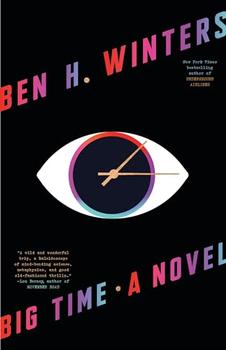
by Ben H. Winters
Published 2024
In this "wild and wonderful" (Lou Berney) corporate espionage thriller that takes the adage "time is money" and makes it frighteningly so, an everywoman FDA employee stumbles upon a dark, clandestine conspiracy to harvest and sell people's time.
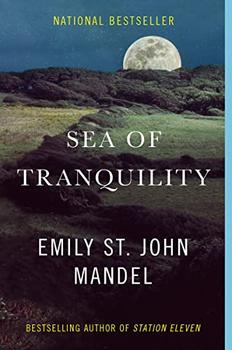
by Emily St. John Mandel
Published 2023
The award-winning, best-selling author of Station Eleven and The Glass Hotel returns with a novel of art, time, love, and plague that takes the reader from Vancouver Island in 1912 to a dark colony on the moon five hundred years later, unfurling a story of humanity across centuries and space.
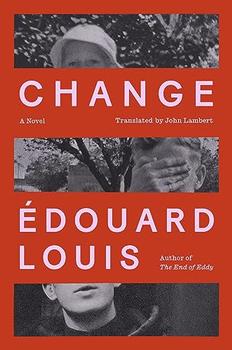

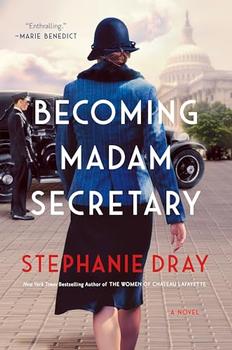
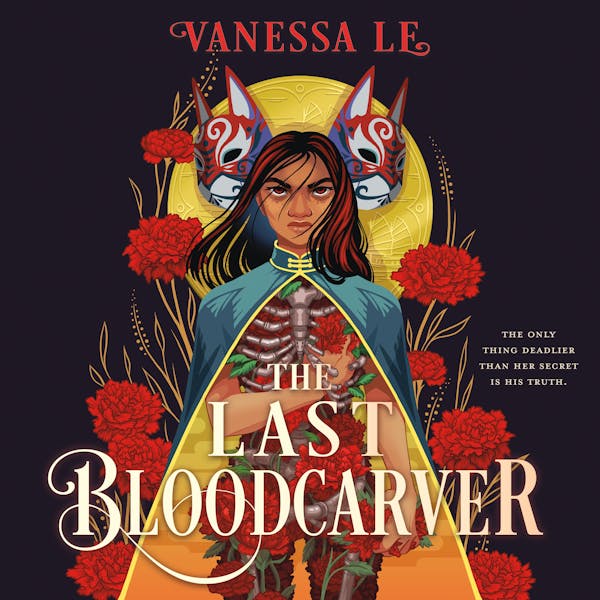

The Funeral Cryer by Wenyan Lu
Debut novelist Wenyan Lu brings us this witty yet profound story about one woman's midlife reawakening in contemporary rural China.
Your guide toexceptional books
BookBrowse seeks out and recommends the best in contemporary fiction and nonfiction—books that not only engage and entertain but also deepen our understanding of ourselves and the world around us.